43 jenkins node multiple labels
plugins.jenkins.io › envinjectEnvironment Injector | Jenkins plugin Removes inherited environment variables by the Jenkins Java process; Injects environment variables at node (master/agent) startup; Executes a setup script before or/and after a SCM checkout for a run; Injects environment variables before or/and after a SCM checkout for a run; Injects environment variables as a build step for a run plugins.jenkins.io › docker-pluginDocker | Jenkins plugin Note: There is more than one docker plugin for Jenkins. While this can be confusing for end-users, it's even more confusing when end users report bugs in the wrong place. e.g. if you are using Jenkins pipeline / workflow / Jenkinsfile builds with code including terms like docker.withDockerRegistry or docker.image etc then you're using the docker-workflow plugin and should go to its repository ...
plugins.jenkins.io › nodejsNodeJS | Jenkins plugin NodeJS version 1.0 has adapted its code to the most recent Jenkins API (1.6xx). If also EnvInject is installed you will fall in JENKINS-26583 that corrupts setup of the nodejs installation bin folder into PATH environment. In this case consider if update or not or use an own build from this branch until the JENKINS-26583 will not be fixed.
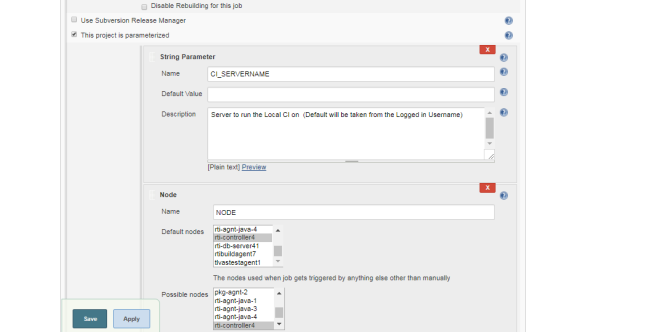
Jenkins node multiple labels
› back-end › server-side-ioServer-side I/O: Node vs. PHP vs. Java vs. Go | Toptal This seems to be a common response of Node.js devs. Setting up clustering is additional code, and getting the nodes within the cluster to communicate is not a trivial matter – let alone communicating across multiple machines. Let's face it, Node's strength is that it blurred the lines between frontend and backend devs. cloud.google.com › kubernetes-engine › docsManually upgrading a cluster or node pool - Google Cloud Nov 07, 2022 · When you manually upgrade a node pool, GKE removes any labels you added to individual nodes using kubectl. To avoid this, apply labels to node pools instead. Note: Upgrading a node pool may disrupt workloads running in that node pool. To avoid this, you can create a new node pool with the desired version and migrate the workload. plugins.jenkins.io › timestamperTimestamper | Jenkins plugin elapsed (since 1.8) . Display the elapsed time since the start of the build. Accepts the Commons Lang DurationFormatUtils format.. precision (since 1.3.2) . Display the elapsed time in seconds, with a certain number of places after the decimal point.
Jenkins node multiple labels. › blog › what-is-jenkinsWhat Is Jenkins? How & Why To Use It? - LambdaTest Sep 02, 2020 · b. Node. A node is a machine that is a part of the Jenkins environment. The Jenkins Pipeline executes on a node block that is usually a part of the Scripted Pipeline syntax. c. Stage. Stage in a Jenkins Pipeline consists of a unique subset of tasks such as Build, Test, Deploy, etc. plugins.jenkins.io › timestamperTimestamper | Jenkins plugin elapsed (since 1.8) . Display the elapsed time since the start of the build. Accepts the Commons Lang DurationFormatUtils format.. precision (since 1.3.2) . Display the elapsed time in seconds, with a certain number of places after the decimal point. cloud.google.com › kubernetes-engine › docsManually upgrading a cluster or node pool - Google Cloud Nov 07, 2022 · When you manually upgrade a node pool, GKE removes any labels you added to individual nodes using kubectl. To avoid this, apply labels to node pools instead. Note: Upgrading a node pool may disrupt workloads running in that node pool. To avoid this, you can create a new node pool with the desired version and migrate the workload. › back-end › server-side-ioServer-side I/O: Node vs. PHP vs. Java vs. Go | Toptal This seems to be a common response of Node.js devs. Setting up clustering is additional code, and getting the nodes within the cluster to communicate is not a trivial matter – let alone communicating across multiple machines. Let's face it, Node's strength is that it blurred the lines between frontend and backend devs.

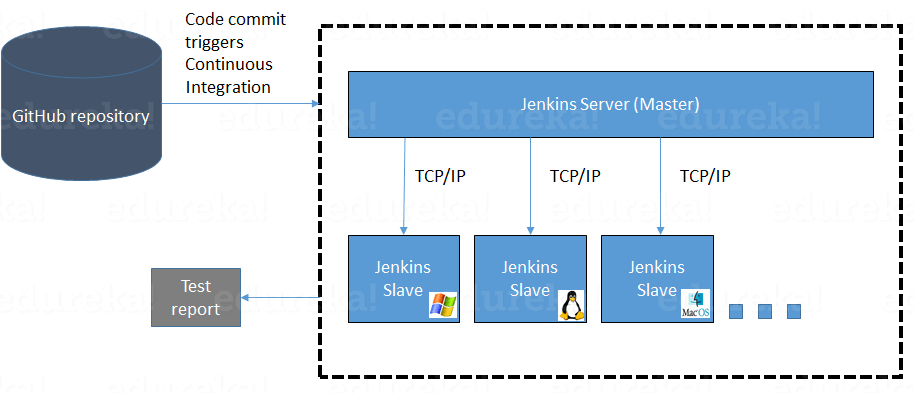

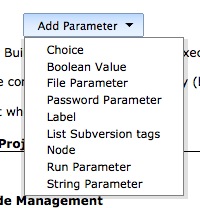

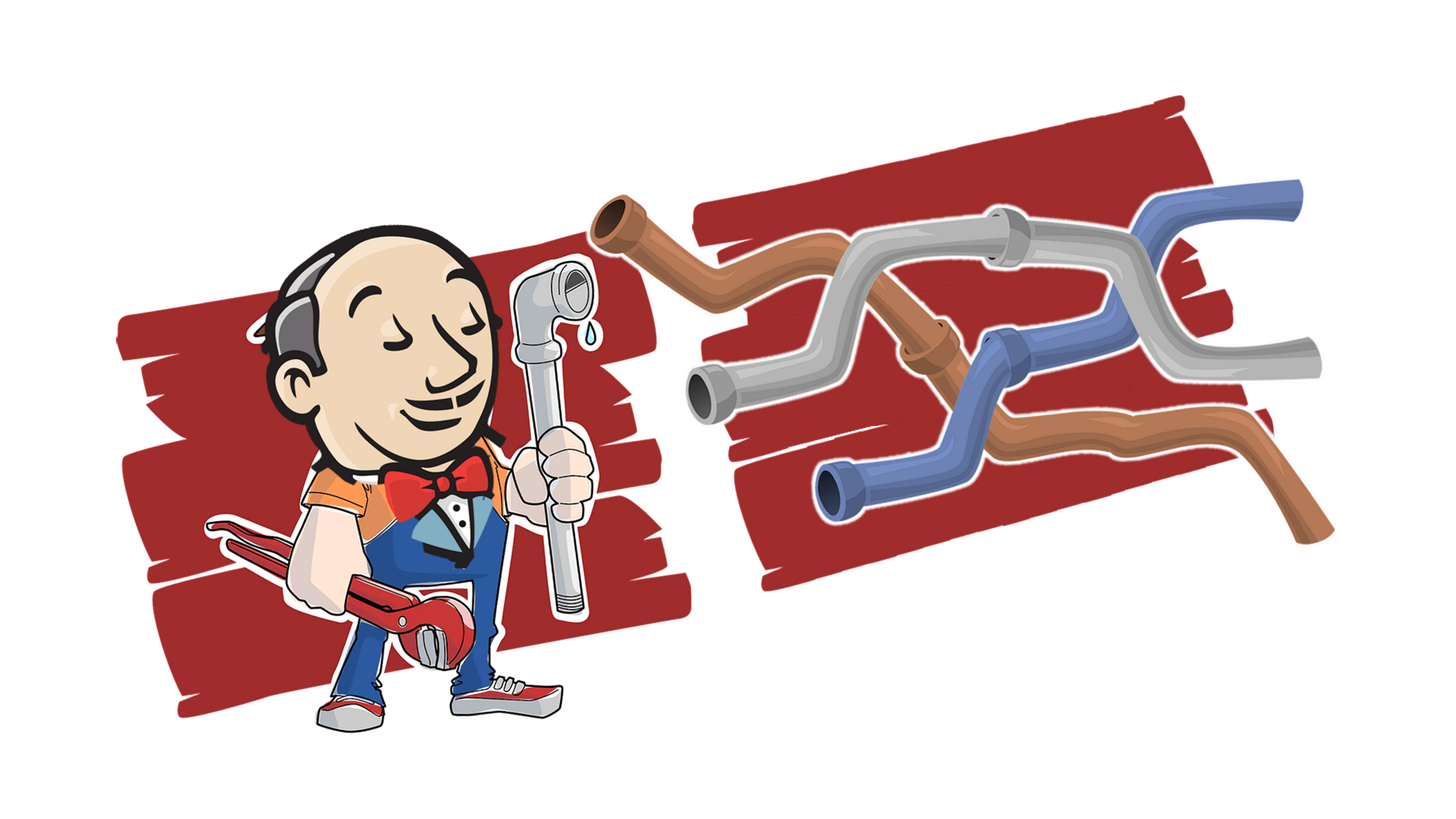




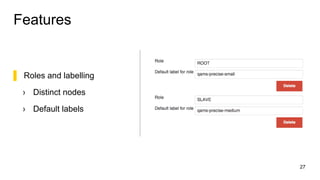



![JENKINS-23459] Cannot restrict a matrix build job to one node ...](https://issues.jenkins.io/secure/attachment/29456/MatrixConfigurationToRunAllOnMaster.png)
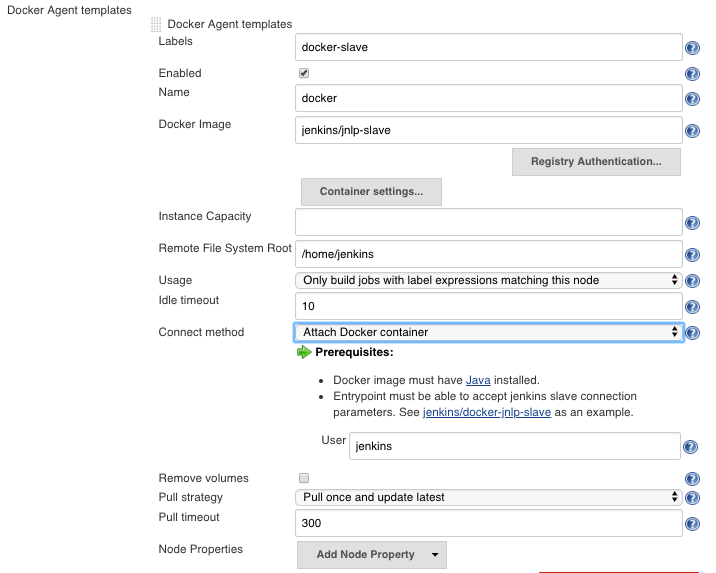
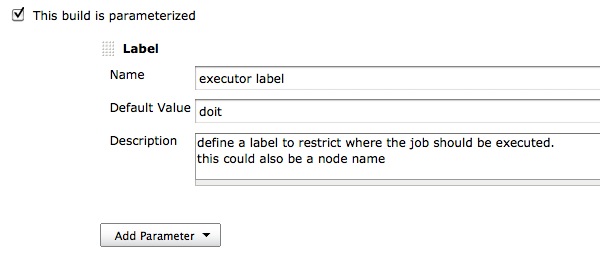



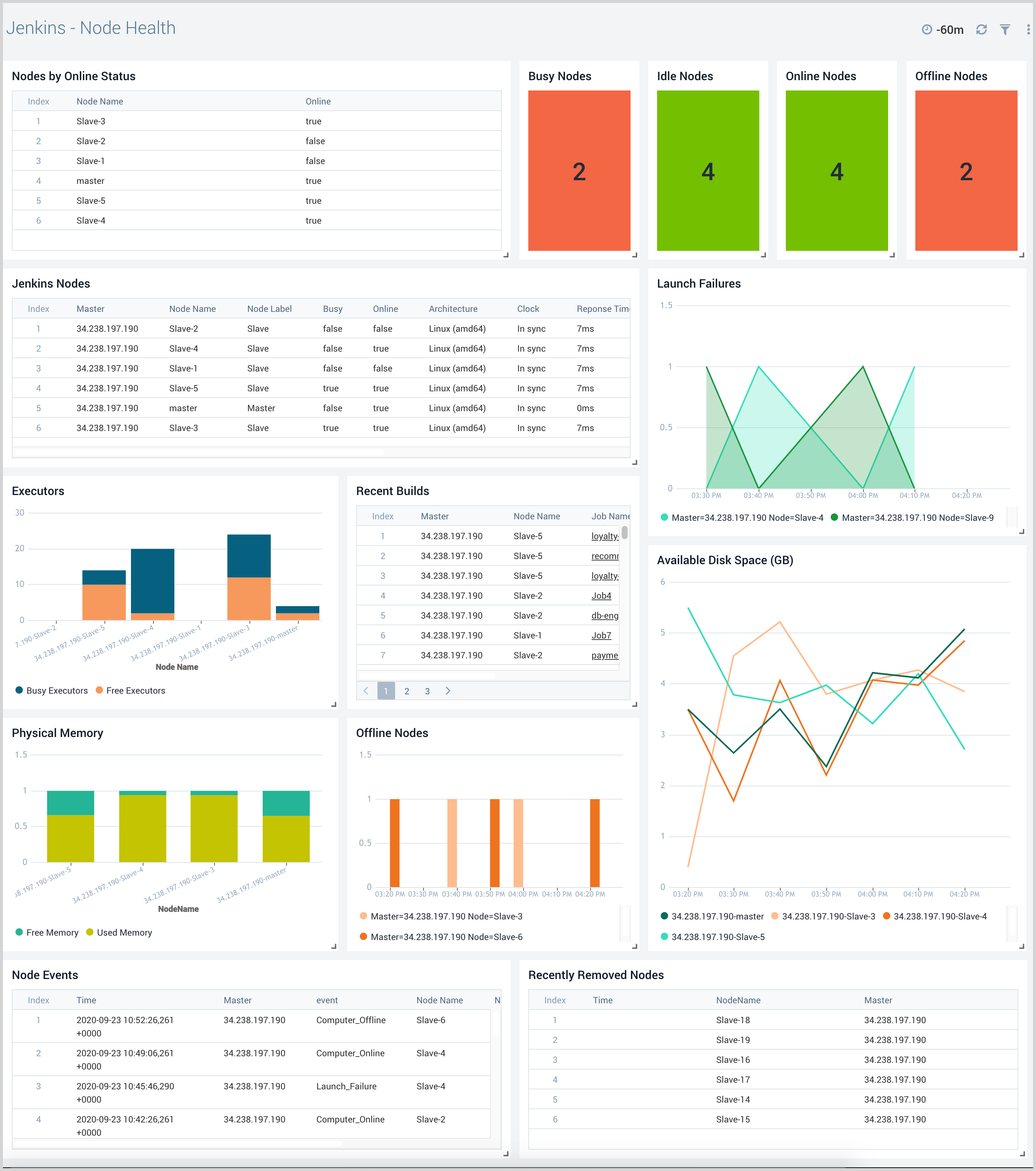









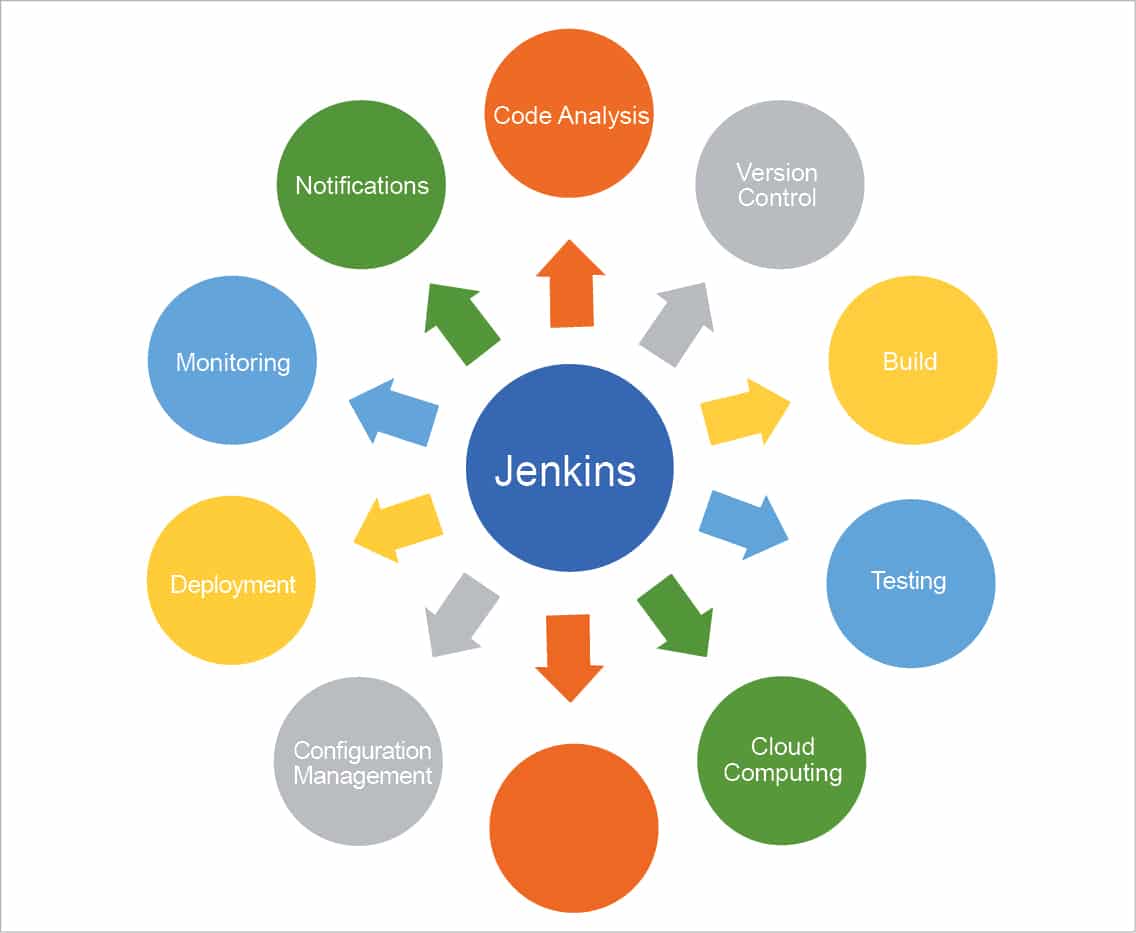

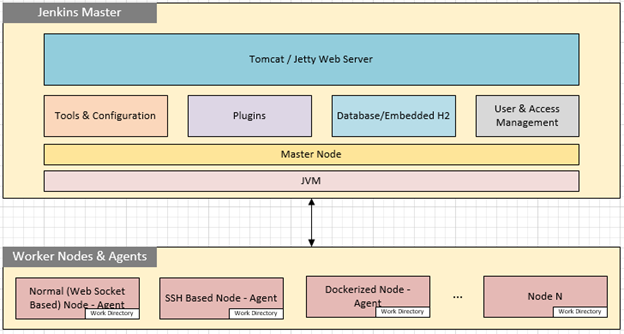

Post a Comment for "43 jenkins node multiple labels"